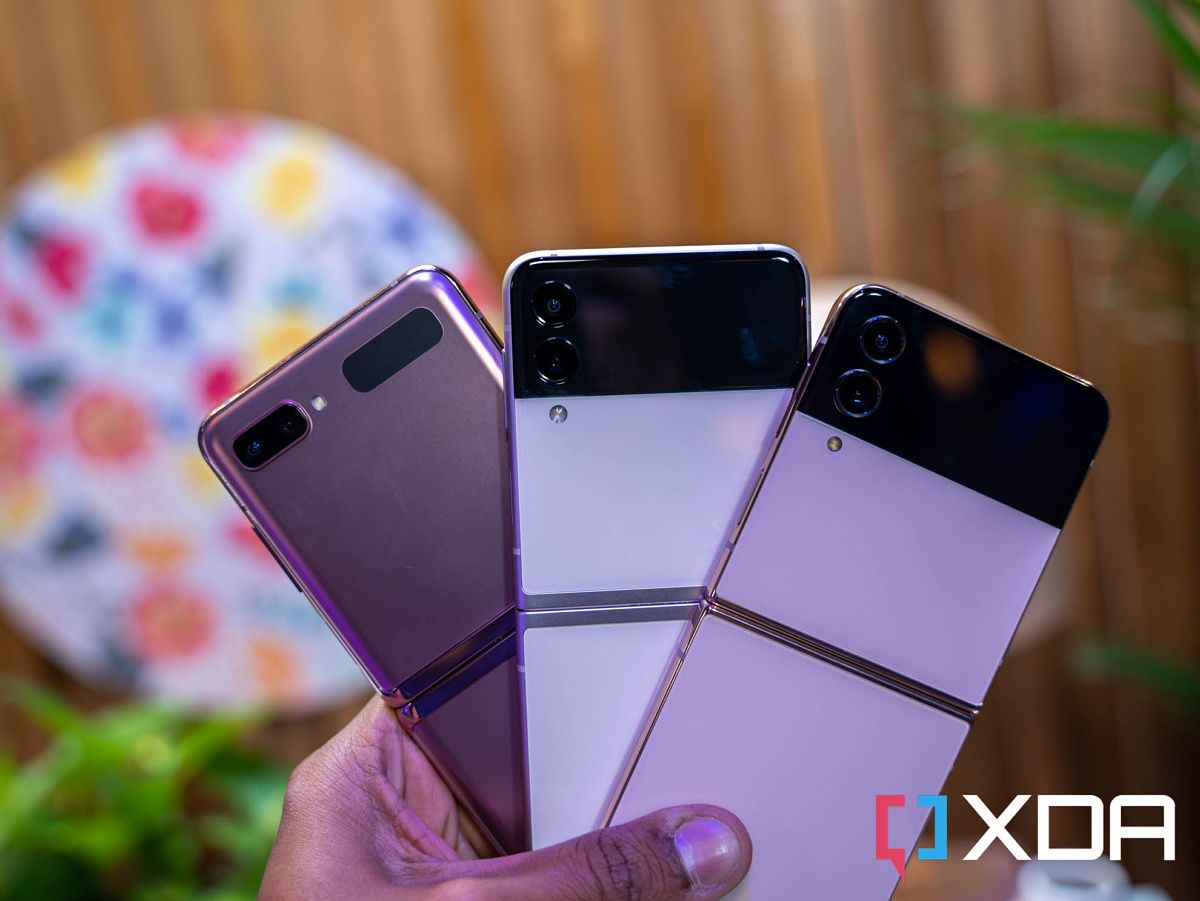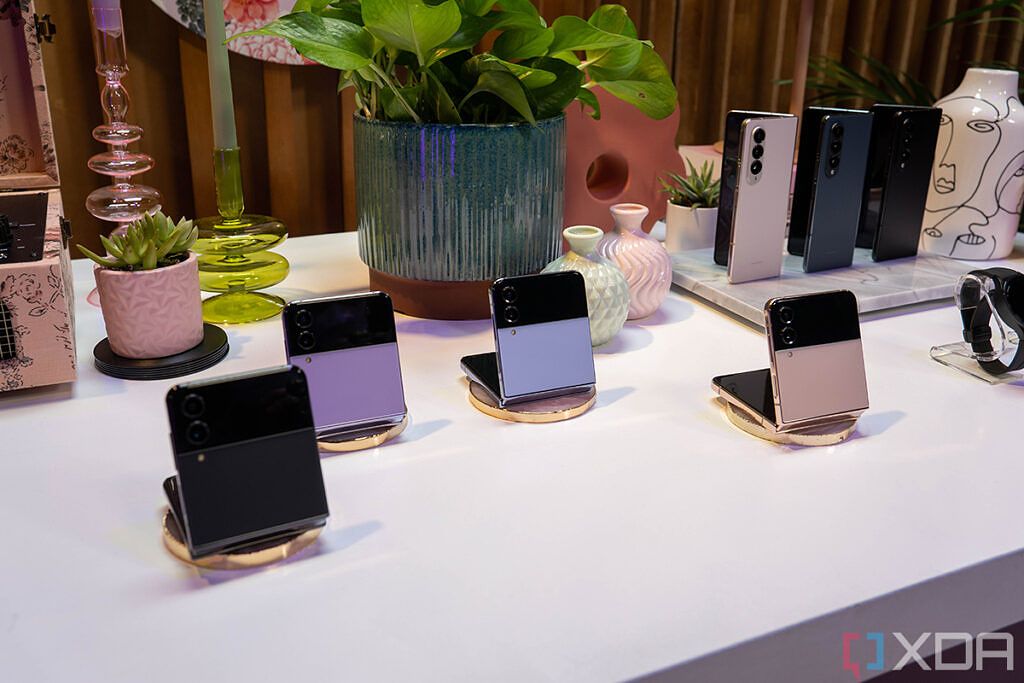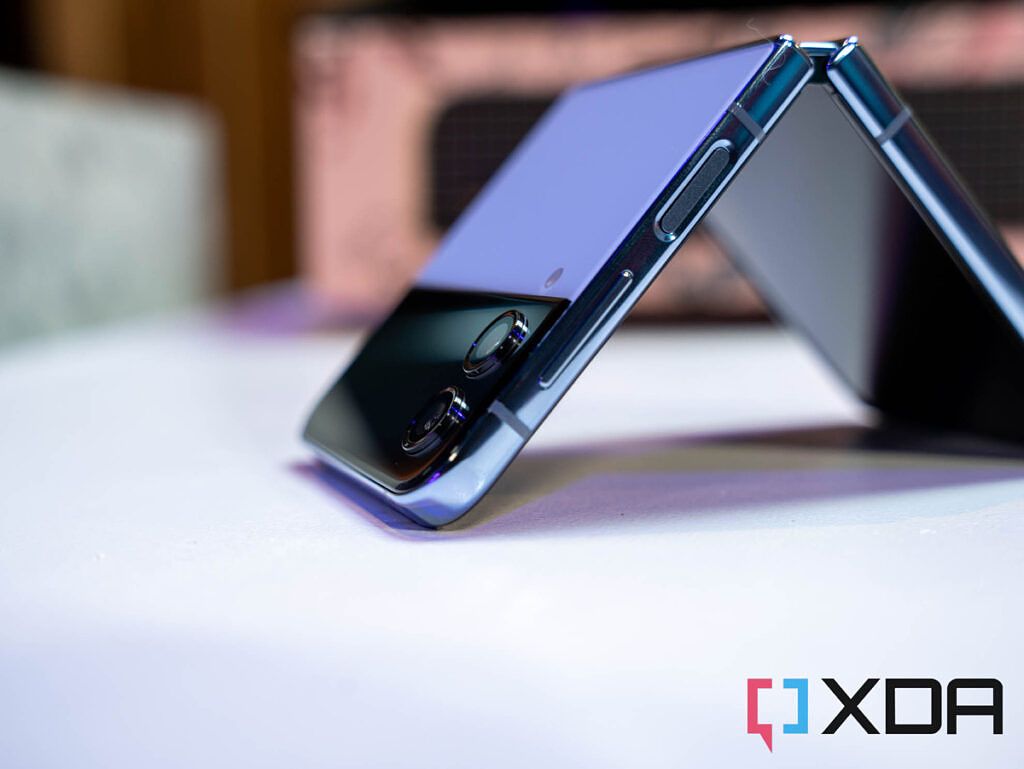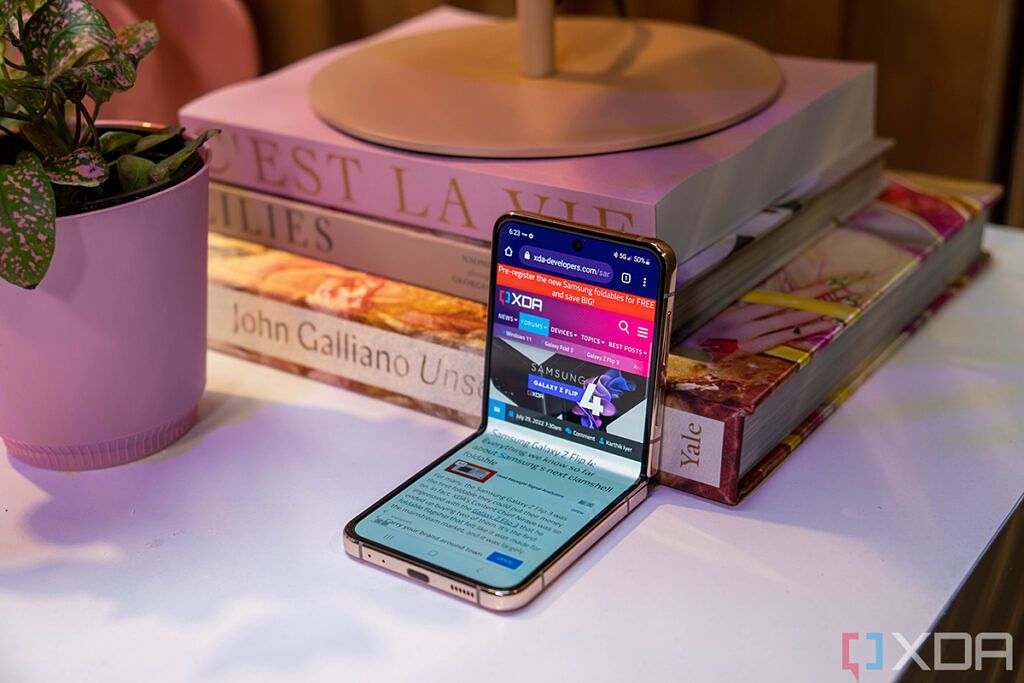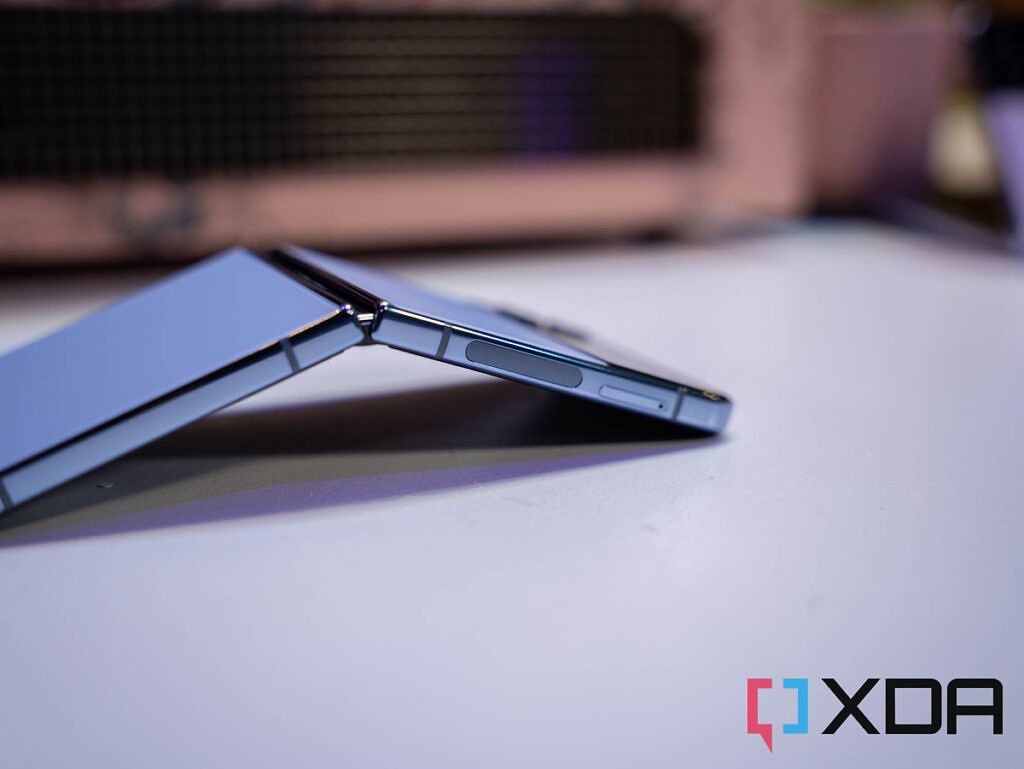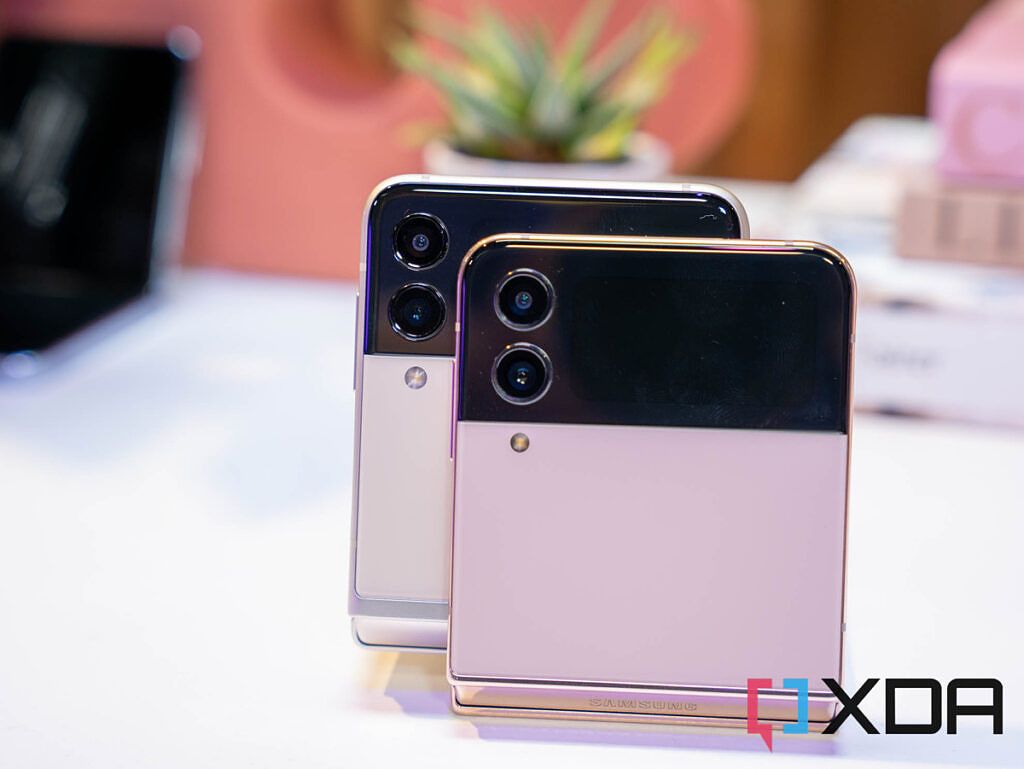When many people think about the best foldable phones, I think the idea that resides in their minds is a smartphone that can transform into a tablet. It is the ultimate blend of productivity and portability. While the technology is still young right now, in the future, the dream is that you will have a device without compromise. That means what you will have in your hand will be a powerful, compact, durable, and, most importantly, affordable foldable smartphone. Samsung is widely hailed as one of the pioneers in the foldable smartphone space, and rightfully so, as it has four iterations of its Galaxy Z Fold and also four iterations of its Galaxy Z Flip line. Millions of customers have experienced foldables in a mass-market product, and Samsung takes credit for it.
But Samsung is also often criticized for not innovating, and in recent years, this is probably true. With little competition in the United States, the company has had no reason to really push the boundaries on its flagships and on its foldables. But on the flip side, its iterative updates year after year give it the most mature and refined lineup out of any manufacturer offering foldable devices. While there's a case for foldable smartphones like the Galaxy Z Fold, I feel like the same can't really be said about the Galaxy Z Flip. Samsung delivers its latest Galaxy Z Flip 4 with the taglines:
More compact. Improved battery. Faster processor. Tougher design. Better low-light pics.
These are five pillars that Samsung is leveraging when it comes to advertising why you should buy its Galaxy Z Flip 4. It focuses on the size of the phone, how much battery life it has, its computational power, tougher design, and a camera that can perform in all scenarios, but especially in low light. But I'd argue that most of these are the reasons why the Galaxy Z Flip 4, or the Galaxy Z Flip line for that matter, shouldn’t even exist. Although the Galaxy Z Flip series has become popular, I think it's mostly due to it being a novelty and, more importantly, its affordability.
As a long-time user of the Galaxy Z Flip 3, I made the choice to skip the Flip 4 and move on to something different, despite Samsung offering tremendous trade-in promotions on its latest foldable models. For me, the Galaxy Z Flip 4 just simply didn’t match the expectations or the experience of a traditional smartphone. I think for all of us, there’s a baseline expectation at this point, and the Z Flip just doesn’t meet that standard for me. Some might think that the opinions expressed here are blasphemous, but I urge you to have an open mind, and I also urge you to share your experiences with the Z Flip because I’d love to hear them.
Short and stout
I can still remember the rush that I felt when I unfolded the Z Flip 3 for the first time. But just as quickly as the feeling had come, it quickly dissipated as soon as I folded it shut. Was it supposed to be like this? I imagined my first time with a foldable would feel more surreal. Maybe my expectations were too high. Not really thinking too much of it, I went through the setup process, looked through menus, and spent some time getting to know the phone. From that day forward, it was going to become my primary device, replacing my Galaxy S20 Ultra.
Perhaps one of the first things that I noticed was that I didn't like the thickness of it in my pocket. It’s probably something that I should have been expecting looking over the specifications. While the phone had a smaller footprint, in my pants, it didn’t feel more compact. The fact that the phone had become twice as thick made it difficult to stash in a pant pocket compared to a regular smartphone. Now, you can stow it away into a bag, and this scenario is a bit better, but again, you run into the same issue of thickness. The volume of the phone remains the same, it’s just changed shape, and I think not for the better.
This part is purely subjective, so you either prefer a smartphone that is tall and thin or one that is short and thick. At this point in time, you really can't have the best of both worlds, but Samsung doesn’t even really hit the sweet spot, but I think eventually we’ll get there.
Battery life was always something to watch out for
The Galaxy Z Flip was the phone that I relied on every single day. I'd have train commutes where I'd listen to a couple of hours of music and sometimes even hop on Google Maps for navigation. Sometimes I'd need to perform translations, and of course, there was communication through apps like WhatsApp, Line, and Google Voice. Sometimes I'd watch videos or get in some light gaming, pretty much just normal everyday use. I've never been a power user when it comes to smartphones, and I have generally been able to get by with just moderate battery drain after a full day's use. But with the Galaxy Z Flip, things were different.
I never managed to kill the battery, but I was always forced to be mindful, sometimes even enabling the power-saving mode to ensure that it would get through a full day when out and about. Sure, the phone packed a lot of power with its robust processor, but on the flip side, the battery life felt insufficient. Maybe my experience was a bit skewed, especially coming from a device that had a 5,000mAh battery and dropping down to a phone that has 3,300mAh. But looking back, plenty of phones that came out during that time had batteries large than 3,300mAh. I know there’s obviously a limitation when it comes to the construction of a foldable, but I think when you’re plopping down $1,000 for a phone, it should have a battery larger than 3,300mAh.
Imagine if Samsung released a traditional Galaxy phone for $1000 that looked amazing and it came with a battery that size, you wouldn’t hear the end of it. I think a lot of people give the Z Flip a pass because the phone folds, but in the end, it's the consumer that has to sacrifice. This is a classic case of form over function. But the sad part is that the form doesn’t really add anything to the experience. I’m well aware of Flex Mode. But come on, I don’t think anyone really needs their app to be squished into a small window just so we can get access to clunky controls and features that make the experience go backward.
Tougher shell, but the display still was relatively delicate
The Galaxy Z Flip is touted as having a tougher design, fortified by Corning's Gorilla Glass, offering IPX8 water resistance and an Armor Aluminum frame. As far as the display goes, Samsung's Ultra Thin Glass provides enhanced durability that has been tested through 200,000 folds. Perhaps the best thing foldable phones have going for them when it comes to durability is the fact that they can fold up to protect the display. But when you open the phone, it’s a different story.
I don’t know about everyone else, but when I used the phone for the first few months, I felt like I had to baby it. After a while, I got used to the experience, but no matter how much I tried to treat it like a normal phone, there was always a part of me that was concerned. It never felt like it was on par with a normal phone. Maybe I was overly protective of the display? But seeing enough horror stories online made me realize that no matter how protective I was, the display was just another part to be concerned about when I really shouldn't.
Better low-light pics
The image quality of the Z Flip hasn't been the best and was always a little bit behind Samsung's flagships. The same applies to the Z Flip 3, and the same can be said about the Z Flip 4. This part is a little trickier to discuss because, in the past, Samsung has made a conscious effort to offer a lower-quality experience from its higher-end lines as a cost-cutting measure. It's hard to say whether that kind of practice is still occurring in its latest model, but regardless, the quality of the cameras is good, it's just not going to beat out other phones in the same price group. I hate to sound like a broken record at this point but again, for a $1000 phone, we are looking at sacrifice and compromise, and in one of the worst ways possible.
Foldables have their own compromises, so know what you are getting into
I think we can kind of see a trend and where my mindset is after exploring just some of the pillars about the latest Samsung Galaxy Z Flip 4 or the Z Flip line as a whole. When it comes to owning or using a foldable smartphone like this, there are just compromises. You’re either okay with that somewhere in the middle, or you aren’t. But I think where I tend to get hung up the most is the amount people are paying for this experience.
Of course, maybe the compromises mentioned above aren't dealbreakers for you, but for me, I just can't stand it when I'm actively using it every day. But, I'm grateful that I got to experience it because without actually living with a foldable smartphone, you really just won't know.
These are just some of the personal reasons why I think the Galaxy Z Flip line doesn’t need to exist. If Samsung is just taking a slab phone, a design that has been pretty much refined to the point of perfection, and then just adding a crease to it at the expense of convenience, battery life, durability, and features, this is when I think we need to step back, rethink the product line as a whole and ask ourselves how the Z Flip line can be better.
As a reminder, this isn't a piece written to try and incite ill feelings, it's just an opinion, and after all, these are just products. But I'd love to hear your thoughts on the Z Flip line, especially if you’ve found that the phone actually improves your experiences on a day-to-day basis.

